North Indian Musicians, USC Visual Historian Part of Syracuse Symposium Lineup, Oct. 4-14
Syracuse Symposium continues yearlong exploration of 'Place'
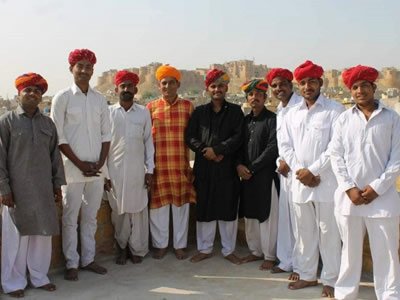
Syracuse Symposium continues its theme of “Place” with a robust series of events in early October.
Upcoming events feature a workshop and concert by North Indian musicians, on Tuesday, Oct. 4; a workshop and lecture by place-conscious educator Robert Brooke, Thursday, Oct. 6; a lecture by visual artist Todd Gray, Friday, Oct. 7; the Skä·noñh—Great Law of Peace Center’s Wooden Stick Festival, Saturday, Oct. 8; a workshop by visual historian Emilie Garrigou-Kempton, Monday, Oct. 10; and a reading and workshop by poets Adrian Matejka and Stacey Lynn Brown, Thursday and Friday, Oct. 13-14.
Syracuse Symposium is organized and presented by the Humanities Center, based in the College of Arts and Sciences. All events are free and open to the public. For more information, call 315.443.7192 or visit humcenter.syr.edu.
“We are excited to continue our foray into ‘place’ by looking at art, music, education, literature, oral history and sport,” says Vivian May, director of the Humanities Center and professor of women’s and gender studies. “These events vividly show how creative and scholarly practices combine to engage wider publics and address questions of injustice and human rights. It’s interdisciplinary humanities at its finest.”
May adds that, by hosting events throughout the entire academic year, Syracuse Symposium is better able to critically examine “Place,” while growing and diversifying its audience.
Merasi Musicians, Oct. 4
Activities get underway with a workshop titled “Finding Their Place: Social Change and Merasi Identity” from 12:30-2 p.m. in 341 Eggers Hall. Merasi musicians from North India’s desert region will join representatives from two nongovernmental organizations (NGOs), the U.S.-based Folk Arts Rajasthan and India-based Lok Kala Sagar Sanstha, for a discussion about the role of music and social justice in a rigid caste system. Originating in the Indian district of Jaisalmer, Merasi music is thousands of years old, but on the verge of extinction.
“For generations, the Merasi of Rajasthan [a North Indian state bordering Pakistan] have been stigmatized and deemed unworthy of education, healthcare or political representation,” May says. “Despite systemic caste prejudice, they persist as storytellers and musicians. At Syracuse, Merasi musicians will be joined by NGO staff to discuss collaborative efforts for social change.”
The workshop is co-sponsored by the Humanities Center, the Department of Anthropology in the Maxwell School and the departments of Religion and Art & Music Histories (AMH) in A&S. Seating is limited, and lunch is served. RSVP to elbridge@syr.edu.
The Merasi also will present a concert titled “Finding Their Place” from 8-9:30 p.m. in Slocum Auditorium.
The concert is co-sponsored by AMH and Performance Live, in conjunction with the Humanities Center, as well as the Maxwell School’s Moynihan Institute of Global Affairs and South Asia Center.
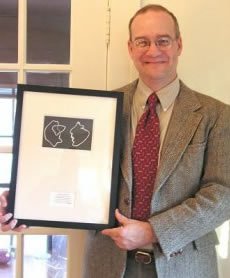
Robert Brooke, Oct. 6
The John E. Weaver Professor of English at the University of Nebraska-Lincoln (UNL), Brooke will lead a small-group workshop titled “Designing Place-Conscious Courses” from 9 a.m.-noon in 304 Tolley Humanities Building. Attendees will learn how to design and coordinate interdisciplinary place-conscious assignments, activities and projects.
Brooke also will discuss “Writing Suburban Citizenship: Place-Conscious Education and the Conundrum of Suburbia” at 4:30-5:45 p.m. in 304 ABC Schine Student Center. His lecture will address theories and practices of place-conscious education in relation to suburban geographies.
Both events are organized by the Department of Writing Studies, Rhetoric and Composition in A&S.
“Professor Brooke considers rural and suburban communities as rich contexts for examining lived experience and for contextualizing curriculum,” says May, who regards him as an authority on rural education and community development. “He seeks to reacquaint people with their local and regional environments through action-oriented, interdisciplinary inquiry.”
Also director of the Nebraska Writing Project, Brooke is the author of four books, including “Place-Conscious Education: Writing Education for Community Involvement” (Teachers College Press, 2003).
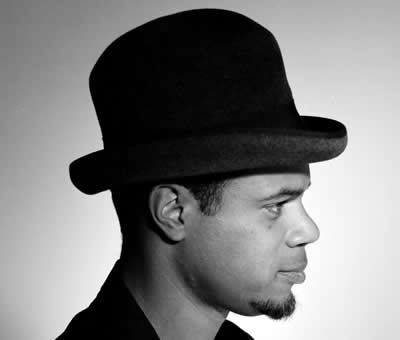
Todd Gray, Oct. 7
Gray is a contemporary artist who lives and works in California and Ghana. This fall, he is the subject of a major retrospective at Light Work titled “A Place That Looks Like Home,” spanning his 40-year career as a photographer, sculptor and performance artist. Gray will deliver a similarly titled lecture, organized by Light Work, from 6-8 p.m. in Watson Theater, 316 Waverly Ave.
May says the exhibition seeks to reframe and recontextualize images from Gray’s archive. “His work is timely, and prompts us to examine colonialism, race, class and gender,” she says. “He layers images, as well as fragments of images, to craft his own narrative and explore history, evoking ‘his own position in the diaspora,’ as he describes it.”
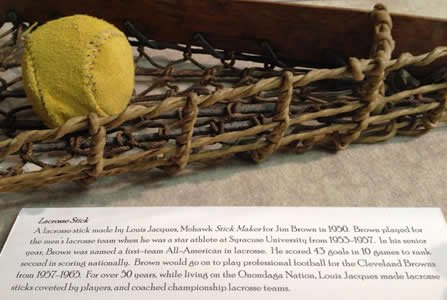
Wooden Stick Festival, Oct. 8
The Skä·noñh—Great Law of Peace Center (6680 Onondaga Lake Pkwy., Liverpool) presents its annual Wooden Stick Festival, celebrating the legacy of lacrosse among the Haudenosaunee people. The event, which runs from 10 a.m.-4 p.m., includes native speakers, music, dancing, stick-making, crafters and food. It is organized by the religion department in A&S.
The Skä·noñh Center is a Haudenosaunee Heritage Center, committed to telling the story of the native peoples of Central New York.
“This is an opportunity to experience the great history and legacy of lacrosse, as it has been played for over a thousand years, since the time the Haudenosaunee [the Mohawk, Oneida, Onondaga, Cayuga, Seneca and, later, Tuscarora] formed their confederacy at Onondaga Lake,” May says. “The Haudenosaunee refer to lacrosse as ‘The Creator’s Game,’ and it was instrumental in bringing together the five original nations.”
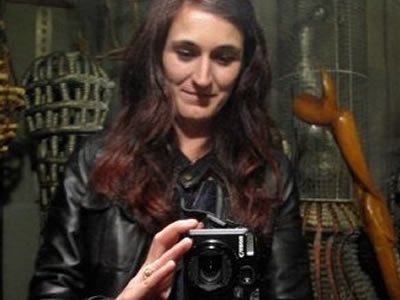
Emilie Garrigou-Kempton, Oct. 10
Garrigou-Kempton is the academic relations and outreach officer at the Center for Advanced Genocide Research, which is part of the USC Shoah Foundation’s Institute for Visual History and Education. From 9-11:30 a.m., she will provide an overview of the institute’s Visual History Archive (VHA), based at the University of Southern California, in a workshop titled “Conducting Research with Audiovisual Testimonies of Genocide Survivors.” The workshop will take place in the Peter Graham Scholarly Commons, 114 Bird Library, and will cater to teachers and researchers alike.
The event is co-sponsored by the Humanities Center and University Libraries. Additional support comes from the Holocaust and Genocide Education program in the School of Education; the Department of History in the Maxwell School, in conjunction with the Documentary Film and History Program in the Newhouse School; and the Department of Languages, Literatures and Linguistics in A&S.
VHA is a database of more than 50,000 video testimonies from survivors and witnesses of the Holocaust and other atrocities, including the Armenian Genocide of World War I, China’s Nanjing Massacre of 1937-38, the Guatemalan Genocide from 1978-96 and the Rwandan Genocide of 1994. Interviews span 63 countries and 41 languages.
“In many of these testimonies, interviewees speak to matters of ‘place,’ both literal and figurative,” May says. “The workshop will familiarize attendees with the database interface and search engine, showcase examples of teaching and research and enable participants to start exploring material relevant to their own work.”
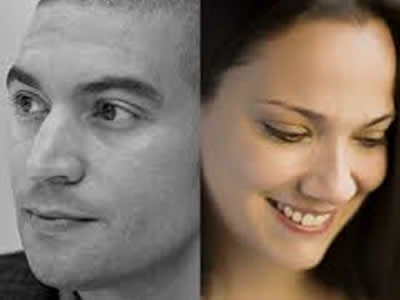
Adrian Matejka and Stacey Lynn Brown, Oct. 13-14
Matejka and Brown are nationally acclaimed poets and teachers. The husband-and-wife team will deliver a joint reading titled “The Poetry of Place,” on Oct. 13 from 7-8:30 p.m. at the Downtown YMCA (340 Montgomery St.), followed by a mini-seminar the next day, from 9 a.m.-noon in 304 Tolley Humanities Building. The workshop targets serious writers, writing teachers adult writing students from the YMCA’s Downtown Writers Center (DWC) and students in Syracuse’s M.F.A. Program in Creative Writing.
Their visit is organized by the DWC. Workshop attendees must RSVP to pmemmer@syracuseymca.org.
Matjeka is the author of several collections of poetry, including “The Big Smoke” (Penguin Books, 2013), a finalist for the Pulitzer Prize and National Book Award. He is an associate professor of English at Indiana University Bloomington.
Brown is a poet, playwright and essayist, whose collection “The Shallows” has been awarded New Southerner’s James Baker Hall Memorial Prize in Poetry. She is an assistant professor of English at IU Bloomington.
“We’re thrilled to have such gifted writers in our presence,” May says. “Matjeka is a commanding poet whose work boldly comes to life on the page. Like her husband, Brown mixes history and mythology in a voice that is urgent and original.”
Organized and presented by the Humanities Center, Syracuse Symposium is a public humanities series that revolves around an annual theme. Programs include lectures, workshops, performances, exhibits, films and readings. Located in the Tolley Humanities Building, the Humanities Center serves the campus community by cultivating diverse forms of scholarship, sponsoring a broad range of programming and partnerships, and addressing enduring questions and pressing social issues.
